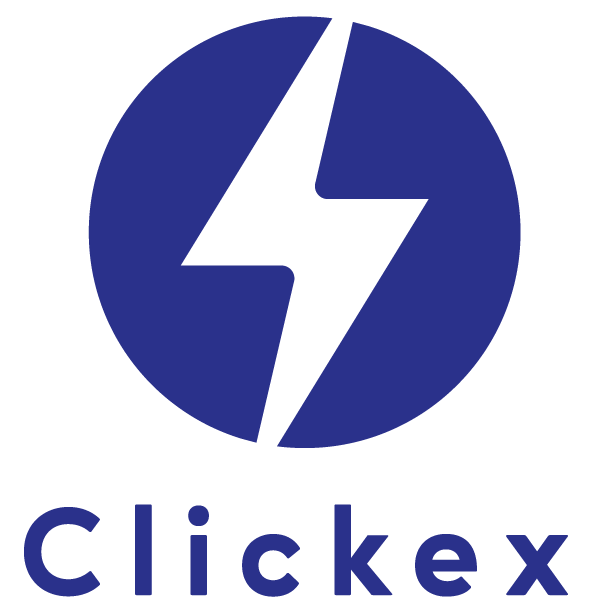The importance of knowing your market
The first principle of marketing is defining your ideal customer profile or buyer persona.
Putting a face to your customer is the key to having a sustainable and profitable business. In a nutshell: customers come first.
At the same time, customers don't fit neatly into a box. That would make your role as an entrepreneur, solopreneur, coach, consultant, expert, marketer or copywriter far too easy.
That said, most introductory marketing courses fail to move that needle any further in terms of defining the kind of customer you want, and maybe even more importantly—the kind of customer that wants to buy from you.
In this case, it comes down to understanding nomenclature terms such as an Ideal Customer Profile (ICP) or a buyer persona.
Both are used to understand your marketplace to align marketing, sales and customer service teams to deliver better experiences. And both are adaptive to all stages of the sales pipeline and your overall buyer journey.
There are different types of buyers, such as an approval, primary, technical and procurement buyer. You can approach each buyer based on specificity for your content mix.
The sticking point is normally determining appropriate fit. An ICP fits with a B2B brand and a buyer persona fits with a B2C or enterprise brand.
Although depending on the person you speak to regarding the subtle differences between both terms, for the sake of this argument: we are sticking with ICPs.
It does, however, come with the caveat that we see it as Ideal Customer Profiles for B2C and Ideal Client Profiles for B2B and Enterprise with the ability to bridge both as SaaS.
And that’s because behind every B2B or B2C brand is a human. Each individual is critical to your sales process.
Do ideal customers really exist?
Yes, ideal customers, clients or colleagues really do exist.
You want to locate and attract who you want to engage with. This means doing your research before starting the process of signing a new customer and determining if you want to establish a relationship.
Your ideal customer is one who you can grow and nurture a relationship with as a team. They will be aware of the idea of a long term relationship and will want to foster this together with you.
They will show a history of profitability, which will lead to healthy projects and longer customer value cycles. And lastly, the brand they possess will have a strong recognition and presence.
ICPs are not guesswork but based on a non-exhaustive list of real data, such as:
Their shared traits
Their industry
Their location
Their job title or responsibilities
Their pain points
Their buying process, and
Their relevant channels
Armed with this understanding, you can adapt your marketing needs, qualify new leads faster, adapt your sales processes, and improve your product or service offerings to satisfy their wants and needs.
This is where the high volume work of prospecting comes in. Of course, the end goal is to sell services and bring in revenue, but your success is in part based on your chosen collaborations.
Benefits of shared value
Your ICP conceptualizes where a potential client meets your brand at an intersection of shared value. It is at this crossroad where they receive value from your solution, and their partnership provides value to you.
When someone seeks to do business with you and buy your products and services, there's a rational and emotional element to their decision-making. Your messaging needs to appeal to them in a way that strikes emotional connection with your company and its products and services.
You need to understand factors, such as their unresolved problems, unachieved outcomes and unfulfilled desires, lifecycle states and so much more—not to mention, meet them at the apex of their emotional journey.
When you believe in your product or service, it can be difficult to understand that not everyone in the world will want to purchase from you.
Could you fulfill the demand if they did?
Your ICP can't be everyone or even the average person. That range of customer is just too broad and no generic marketing message can appeal to the emotional and functional criteria in the decision-making process.
Your product or service just might not be suitable.
It might not be affordable.
It might just not be—gasp—even relevant at a point in time.
But, identifying your ICP and focusing on one reader with messaging fit and scaling at size for larger markets works for at least giving your product or service a winning chance at selling.
Think about it this way: putting out loads of content without speaking to a specific buyer is the same thing as throwing spaghetti at a wall and hoping it will stick.
It becomes lost in the noise and is ignored.
And it's more than wasteful in terms of sunk costs regarding your time.
It can be damaging to your brand and reputation.
By being everything to everybody, you are not adequately positioning your expertise to a market in search of said same expertise.
Want to learn more about how Clickex is the next best click for powering your growth? Chat with our team today and let us show you how to build a legacy brand through the power of the internet.




